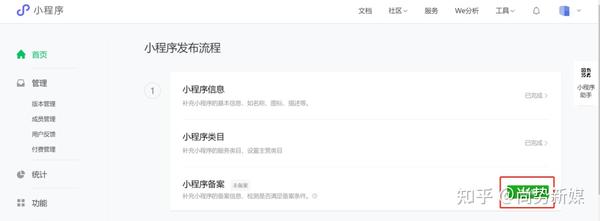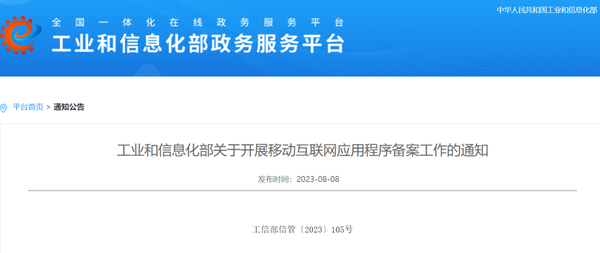Flutter控件之Stack(叠层式布局组件,常和Positioned组件连用)
Stack({
Key key,
//子控件的对齐方式
this.alignment = ,
//文本的方向
this.textDirection,
//子控件的填充方式
this.fit = ,
//子控件超出父控件时候的处理
this.overflow = ,
List children = const [],
})
如下图你能看出这是用Stack布局实现的吗?这种布局用处还是挺多的,比如头像上有昵称,电话;还有遮罩效果等等。
效果图

让我们具体的来看一看它自身的属性。
alignment
这个属性和Container控件的对齐属性是一样的,具体的介绍在Flutter控件之Container记录,这里直观的给出属性的作用。
Widget _alignStack()=>Container(
margin: (top: 10),
color: ,
constraints: (height: 180),
child: Stack(
//子控件的对齐方式是
alignment: ,
children: [
Container(alignment: ,
color: ,
child: Text("",style: TextStyle(color: ),),),
Container(
height: 100,
width: 100,
color: ,
),
Container(height: 60,width: 60,color: ,)
],
),
);
效果图

textDirection
子文本控件文本的方向,有两种模式。
- 从左到右
- 从右到左
Widget _textLeftStack()=>Container(
margin: (top: 10),
color: ,
padding: (vertical: 10,horizontal: 10),
constraints: (height: 180),
child: Stack(
textDirection: ,
children: [
Text('left to rigt',style: TextStyle(color: ),),
],
),
);
效果图

Widget _textRightStack()=>Container(
margin: (top: 10),
constraints: (height: 180),
color: ,
padding: (horizontal: 10,vertical: 10),
child: Stack(
textDirection: ,
children: [
Text(' rigt to left',style: TextStyle(color: ),),
],
),
);
效果图

fit
子控件的填充模式,用于控制着子控件的大小。由一个枚举类StackFit控制。
- 按最小的来
- 按最大的来.
- Stack上层为->Expanded->Row, 横向尽量大, 纵向尽量小.取决于父控件
Widget _fitStack()=>Container(
color: ,
margin: (top: 10),
constraints: (height: 220),
child: Column(
mainAxisAlignment: ,
crossAxisAlignment: ,
children: [
Container(
margin: (top: 10),
constraints: (height: 60),
color: ,
child: Stack(
fit: ,
children: [
Container(
color: ,
child: Text('',style: TextStyle(color: ,fontSize: 20),),
),
],
),
),
Container(
margin: (top: 10),
constraints: (height: 60),
color: ,
child: Stack(
fit: ,
children: [
Container(
color: ,
child: Text('',style: TextStyle(color: ,fontSize: 20),),
),
],
),
),
Container(constraints: (height:60),
margin: (top: 10),
color: ,
child: Stack(
fit: ,
children: [
Container(
color: ,
child: Text('',
style: TextStyle(color: ,fontSize: 20),),
),
],
),
),
],
),
);
效果图

当子控件的内容超出Stack控件的时候,控制超出控件的内容是裁剪还是可见,有两种模式.
- 可见,但会超出
- 裁剪
Widget _overflowVisibleStack()=>Container(
margin: (top: 10),
color: ,
constraints: (height: 40),
child: Stack(
overflow: ,
children: [
Positioned(
top: 15,
child: Text("Flutter 基础布局Widgets之Stack\nFlutter 基础布局Widgets之Stack",
style: TextStyle(color: ),),
),
],
),
);
Widget _overClipStack()=>Container(
margin: (top: 40),
color: ,
constraints: (height: 40),
child: Stack(
overflow: ,
children: [
Positioned(
top: 15,
child: Text("Flutter 基础布局Widgets之Stack\nFlutter 基础布局Widgets之Stack",
style: TextStyle(color: ),),
),
],
),
);
效果图

Positioned
在Stack布局中用于控制子控件位置的组件。其构造方法:
const Positioned({
Key key,
this.left,
this.top,
this.right,
this.bottom,
this.width,
this.height,
@required Widget child,
})
顾名思义就是从各个方向控制子控件的位置。
class StackWidget1 extends StatelessWidget {
@override
Widget build(BuildContext context) {
return ConstrainedBox(
constraints: (),
child: new Stack(
alignment: , //指定未定位或部分定位widget的对齐方式
children: [
Container(
child: Text(
'positioned-null',
style: TextStyle(color: ),
),
color: ,
),
Positioned(
left: ,
child: Text('positioned-left'),
),
Positioned(
top: 18,
child: Text('positioned-top'),
),
Positioned(
bottom: 18,
child: Text('positioned-bottom'),
),
Positioned(
right: 18,
child: Text('positioned-right'),
),
],
),
);
}
}
效果图

THE END







